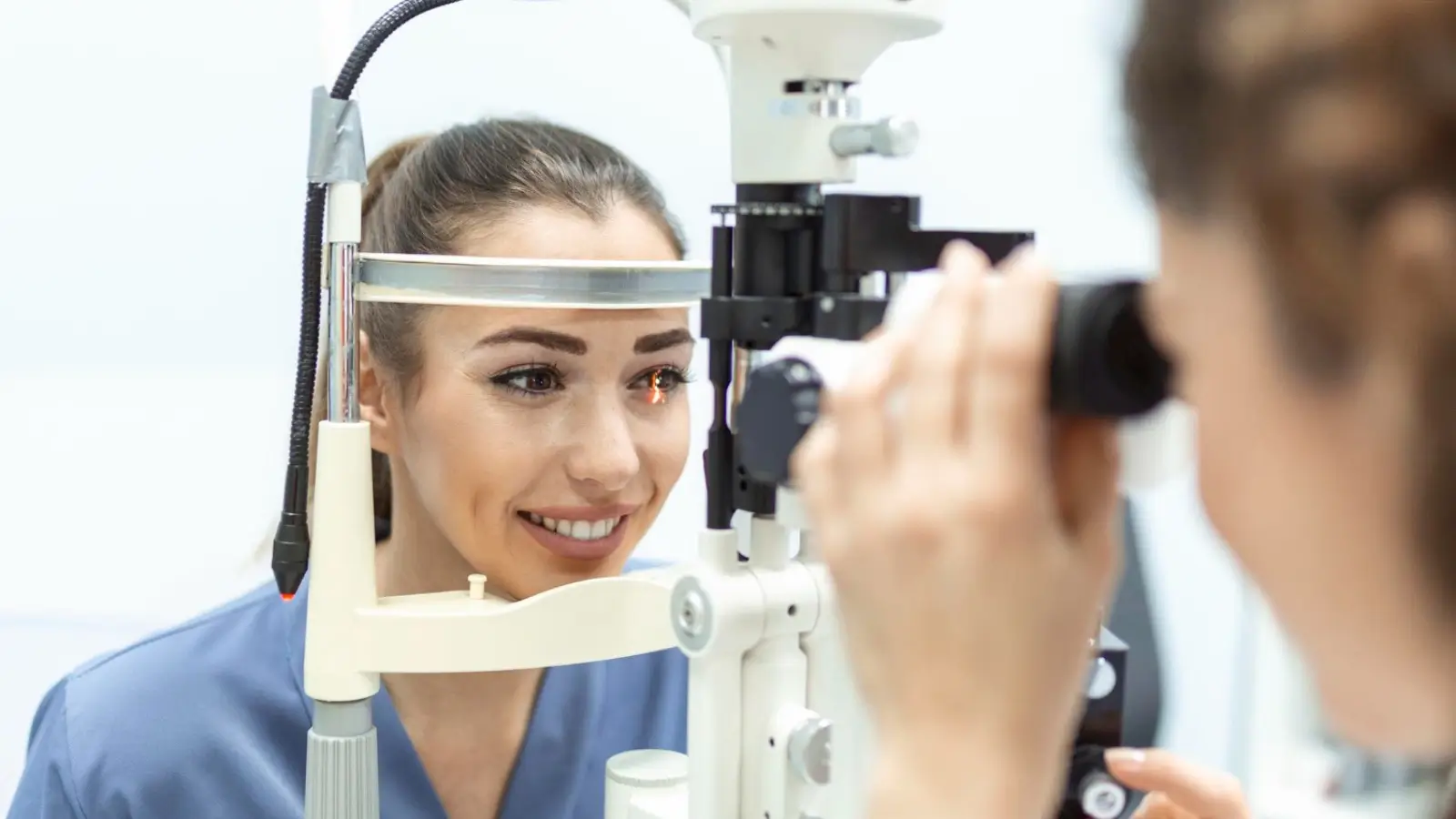


General ophthalmologists can perform laser eye surgery, but there's a difference between someone who does it occasionally and a dedicated refractive specialist. When you're looking at specialist laser eye surgery in Melbourne, you're talking about surgeons who focus primarily or exclusively on vision correction procedures. These specialists complete additional fellowship training beyond their ophthalmology degree, usually spending one or two extra years learning advanced techniques at major refractive surgery centers. They see complications that general eye doctors might encounter once a year, except they see them monthly or weekly, so their troubleshooting instincts are sharper.
After finishing ophthalmology residency, some doctors pursue corneal and refractive surgery fellowships at teaching hospitals or specialized centers. These programs expose them to thousands of cases including the weird ones—keratoconus, previous RK surgeries from the 1980s, irregular astigmatism, post-trauma corrections. They learn when to say no, which is arguably more important than learning advanced techniques. A refractive specialist has usually published research papers or presented at conferences about vision correction. Not because they're showing off, but because that's part of staying current in a field where technology evolves every few years. Ask your surgeon when they last attended a refractive surgery conference or what recent papers they've read. The answer tells you a lot.
Your eyes aren't textbook perfect—nobody's are. Maybe your corneas are slightly thinner on one side, or your astigmatism has an unusual axis, or your pupils dilate bigger than average at night. A specialist recognizes these variations immediately during screening and adjusts the surgical plan accordingly. They might choose SMILE over LASIK for someone with thin corneas, or recommend PRK for an athlete who takes hits to the face regularly. For higher prescriptions, they calculate exactly how much corneal tissue needs removing and whether there's enough safety margin left. Some patients need wavefront-guided treatments because standard corrections won't address their specific aberrations. A generalist might miss these nuances.
Refractive specialists typically work at clinics with the latest generation lasers because that's their entire practice. They need top equipment to stay competitive. This means you're getting treated with systems that might be one or two years old versus five or six. Diagnostic equipment matters too—specialists use corneal tomography that creates 3D maps of your entire cornea, not just the front surface. This catches conditions like forme fruste keratoconus that older topography systems miss. Wavefront aberrometry measures higher-order aberrations that regular refraction tests don't show. These aren't luxuries—they're how specialists avoid treating people who shouldn't be treated and how they optimize outcomes for people who are good candidates.
Most complications don't happen on the operating table—they show up days or weeks later during healing. Specialists know what normal healing looks like versus early signs of problems. Dry eye is common after surgery, but severe dry eye that doesn't improve needs intervention. Regression where your prescription starts creeping back happens sometimes. Infection is rare but catastrophic if missed early. A specialist's post-op protocol includes specific checkpoints at one day, one week, one month, three months, and usually six months and one year. They're not just checking if you can read the eye chart—they're examining corneal healing under magnification, measuring tear film stability, and confirming the flap position hasn't shifted. This level of monitoring catches issues before they become permanent problems.